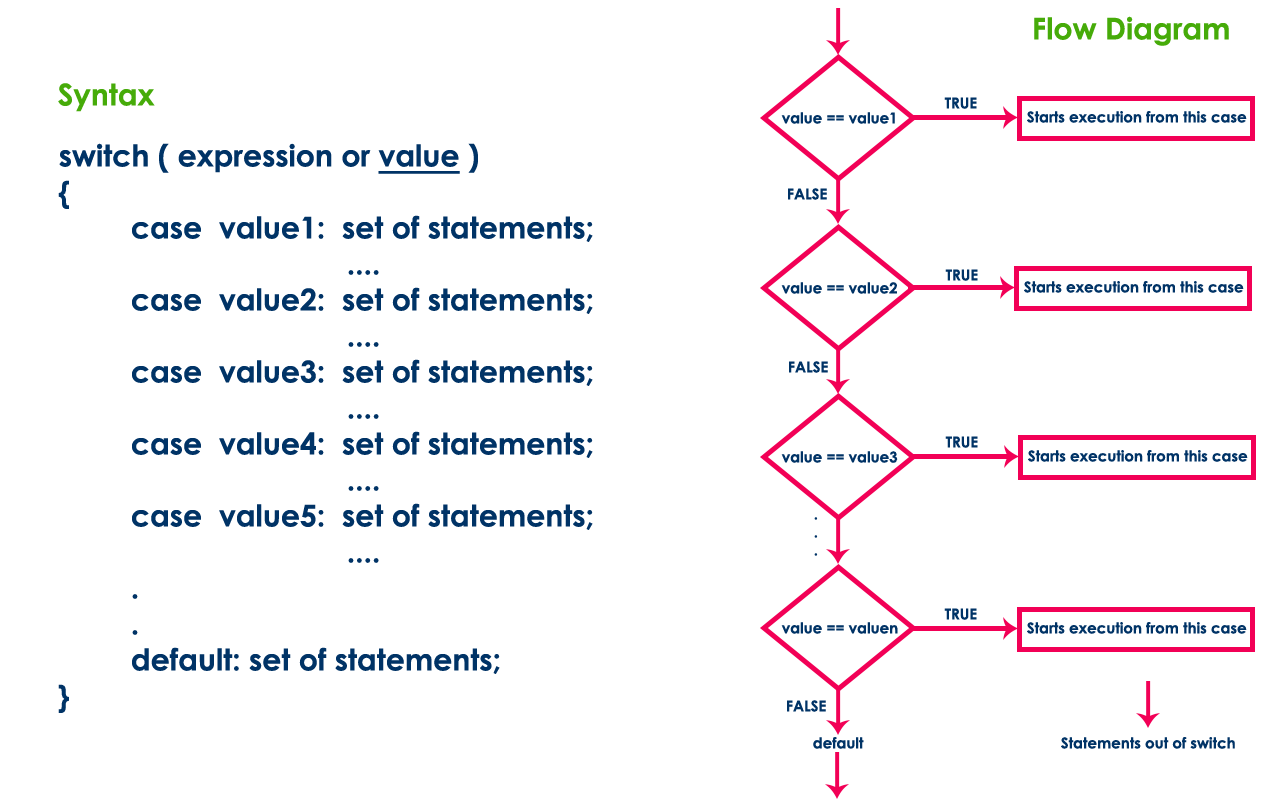

Or if you want to use int, accept that 4 bytes are written in the binary file (but at least you know now why this is.) If you open the file test.bin with the hex-editor you will only see 1byte (01 in this case) if you compile for intel platform (win32 and linux.) So if you want to see only one byte in your hex editor, change the program to this:įwrite(&my_record, sizeof(struct rec), 1, ptr_myfile) The output will be something like this (on a linux intel machine): Printf(“%d %d \n”, sizeof(char), sizeof(unsigned char)) Printf(“%d %d \n”, sizeof(signed int), sizeof(unsigned int)) Printf(“%d %d \n”, sizeof(int), sizeof(short int)) Hi, i have modified the write section for can write just 1 byte, but it don’t work, This is outstanding succint tutorial for file handling. Why not let us know what you think by adding your own comment! There are currently 32 responses to “C Tutorial – Binary File I/O” The function rewind can be used like this:

The result is that we read-in the records in the reverse order.Ī last note: if you set the file position indicator to a position in a file and you want the first position in a file then you can use the function rewind to the first position in the file.

This counter is then used in the fseek statement to set the file pointer at the desired record. The “for loop” will now countdown to zero. As you can see the “for loop” also changed. This record we read with fread statement and with the printf statement we print member x of the structure my_record. In this example we are using fseek to seek the last record in the file. The fread and fwrite function takes four parameters:įor ( counter=9 counter >= 0 counter-)įseek(ptr_myfile,sizeof(struct rec)*counter,SEEK_SET) įread(&my_record,sizeof(struct rec),1,ptr_myfile) Remember that you keep track of things, because the file position indicator can not only point at the beginning of a structure, but can also point to any byte in the file. The fseek function will move the file position indicator to the record that is requested. After the write operation the file position indicator is moved to point at the next structure. After reading the structure the pointer is moved to point at the next structure.Ī write operation will write to the currently pointed-to structure. A file position indicator points to record 0 when the file is opened.Ī read operation reads the structure where the file position indicator is pointing to. You can change the contents of a structure anywhere in the file.Īfter you have opened the binary file, you can read and write a structure or seek a specific position in the file.You can instantly use any structure in the file.Binary files have two features that distinguish them from text files: Binary filesīinary files are very similar to arrays of structures, except the structures are in a disk-file rather than an array in memory. In this C programming tutorial we are going to talk about the use of binary files. As such, care must be taken to ensure you are not altering a file that is actively being used by some other process.In an earlier tutorial we talked about file I/O functions and the use of text files. It should be pointed out that binary files are often such because they are used by services or applications. # Create new file with the first 24 bytes of data fileĭd if=file.dat bs=1 count=$(expr $insertPoint - 1) > file2.datĭd if=file.dat bs=1 skip=$(expr $insertPoint - 1) > file2.dat However, you can construct a third file that is a concatenation of the first half of your data file, the inserted data, and then the second half of your data file and produce the net effect: # Define where the insertion will take place the 25th byte To "insert" data into a binary file using dd is not strictly practical as it involves relocating the second half of the binary file an evolution that overwrites itself.
#010 editor switch statement how to#
The following is an example of how to replace a 4 byte section of an 80 byte file of random numbers with zeros at a position 15 bytes into the file: dd if=/dev/urandom of=file.dat bs=1 count=80 #create primary fileĭd if=/dev/zero of=block.dat bs=1 count=4 #create replacement dataĭd if=./block.dat of=./file.dat bs=1 count=4 seek=15 conv=notrunc #replace data Many Linux admins will use the venerable "dd" when faced with bit-fiddling in binary files. And as these are hardly the only keys like this, I'd advise you have an ASCII table handy anytime you are in a hex editor. To enter them as file content, use "tab" key to switch to hex editing and enter their hexadecimal representations ( 3c and 3e accordingly). Hexedit does apparently overwrite the entire file if you save any change even if you were merely appending data.Įntering symbols (such as "") can be problematic as they represent hexedit commands.


 0 kommentar(er)
0 kommentar(er)
